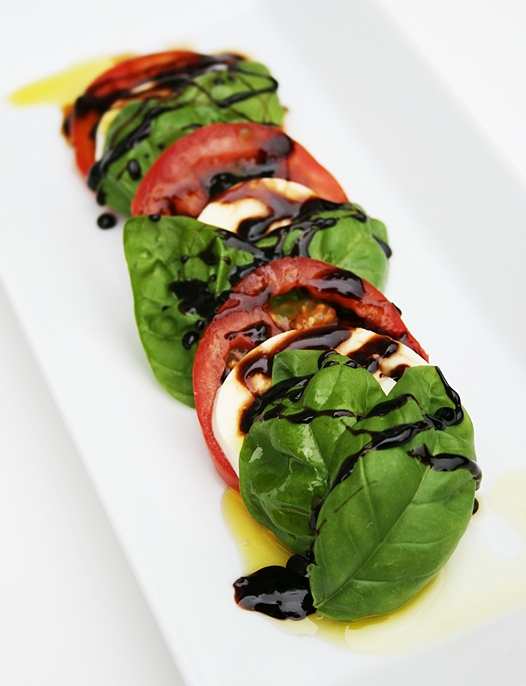After the Great Patio Debacle of 2010, the patio was freshly painted (the same shade as before) and I started work on the first of my crops. I bought a large whiskey barrel planter from Lowes (on sale of course) and planted Juliette tomatoes and strawberries together in the same pot. Tomatoes and strawberries are supposed to grow very well together so they are good plants to couple in one container. They also look pretty together because the tomato plant is tall and billowy and the strawberries cover the ground around the tomato nicely. I tucked a lattice behind the tomato plant between the table it was sitting on and the patio screen so that the plant could grow outward and still be supported.

The tomato is growing beautifully but a big fat gubby parasite killed my strawberries. It hid out under their leaves and ate away at it until I found the perp and read him the riot act.
I also planted a bell pepper plant and a hot pepper plant which were destroyed by spiders. This is what they looked like when they were beautiful.


I replanted all my herbs, basil (my favorite), rosemary, and oregano. I planted them all in the same pot with the oregano and basil at opposite ends, separated by the rosemary. Apparently, basil likes to be drowned and oregano prefers a dryer soil. By planting them this way I can easily cater to their preferences. Thank god for rosemary, my well-behaved, low maintenance child. I also found some nice Thai basil and put it in it's own pot. I'd like to get more varieties because there is a definite taste difference between the two.


Finally, I planted squash and cucumbers in a large pot together. They are good companion plants and are supposed to do well in containers. I didn't get the chance to find out because my cat almost immediately dug them up and left them dead and limp at the crime scene for me to find. They could have been so good.

Right next to the squash and cucumber is the fountain I made because I really like the sound of trickling water. It was really easy to assemble. I bought a nice pot, some rocks, and a
container fountain pump (also from Lowes). After assembling the pump according to the directions, suction cupping the pump to the bottom of the pot, and adding rocks and water, I submerged a water lily in the bottom of the fountain. The pump can be a little testy but I've found that jiggling it around reinvigorates it when the spray gets limp...
ANYWAY, I learned several valuable lessons this go around.
1. Be very CAREFUL buying plants from chain stores. I was pretty impatient and just wanted to see some action on my patio so I bought some plants that were pretty far along in their growth from Lowes (I swear they are not sponsoring my blog, it's just the closest home and garden place to my apartment) and I know better. This was a mistake for a few reasons. You can't be sure the quality of the seed or the soil that your plants are in. They could also be grown from GM seeds, so you won't be able to preserve seeds from the plants you have grown for the next planting. They are also more likely to have pest stowaways that travel home with you, like my strawberries and peppers. For this reason, I have ordered some organic seeds online and plan on growing them from the proverbial ground up. Updates to come next.
2. Some plants were meant for hanging. I learned that vine-ing plants like squash that would normally spread out across the ground, do much better in hanging planters than regular containers because they can grow out much farther than a planter will allow. They also spend virtually no energy on strengthening their vines when they are hanging and all that energy goes into fruiting. That's next on my list. Once my squash sprouts, I will plant them in hanging planters. There is a great DIY Hanging Planter plan on
CraftingAGreenWorld.com that I was going to make.However, I found some Topsy Turvies at target on sale for 3 dollars a piece which was cheaper than the bucket I would have needed to buy. I'm pretty skeptical of Informercial products, but I've heard they work and they are hilarious or ironic or something. Whatever.
3. Plants die and plans don't always work. Gardening teaches you to just let go when things won't grow.






